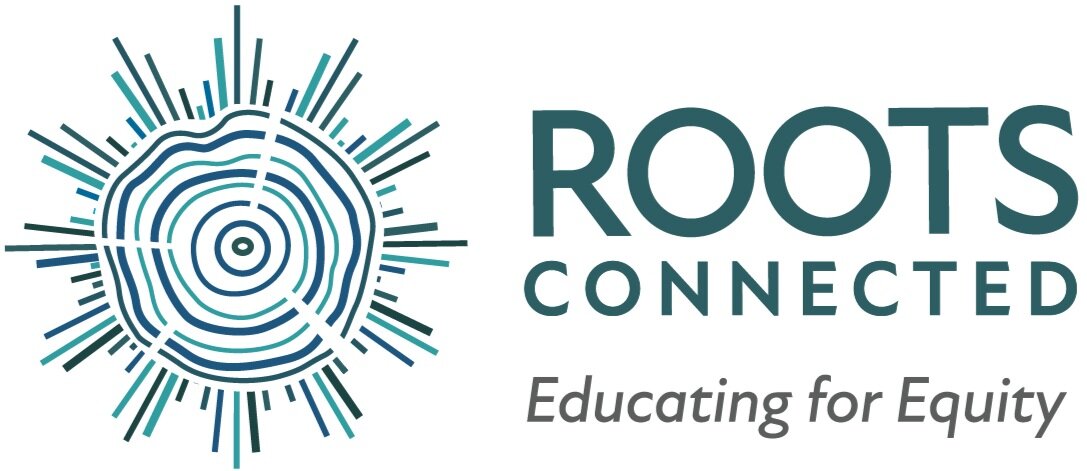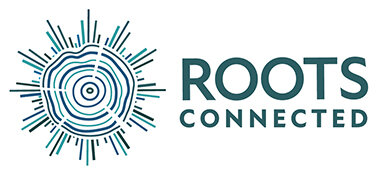Starting with Identity
Contributors: Third Grade Team at Community Roots
We recognize that for students to be able to look back in history, they first have to understand their own identities and how that impacts their perspectives.
In third grade, the first of our social studies units is the Identity Study. We begin this study by defining identity as who we are and how there are many things that make up the different people that we are. We dig deeply about the different layers that make up who we are by studying the concepts of race, ethnicity, gender, sex (whether our body is male or female at birth), gender identity, gender expression, religion, access, variability and class.
Third graders are introduced to these terms and concepts through class read alouds and discussions and then work with partners to define the term in their own words, understanding that these concepts are fluid and only matter as we connect them to our experiences and the experiences of others. After doing this deep thinking, third graders then get ready to share aspects of their own identities with a larger community. They create identity cubes with different parts of their identity on the faces of the cube.
Students also write "I am" poems about themselves. Before sharing with our school and families, student share their poems and cubes with partners to learn more about other students’ identities within our classroom community. They then discuss the similarities and differences they noticed about each other’s identity. Afterward, we make an identity tree that features those similarities and differences. The identifiers that students share become branches of our tree and students add their unique thumbprints to the branches to create leaves.
Finally, students choose one identifier that feels important to who they are and choose to share that in our "I am" video. This identity work builds a strong community and sets a foundation for our year together.
Identity Cubes


